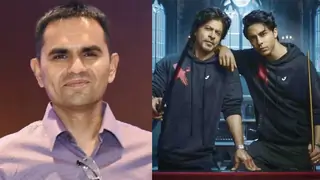Harmonium or reed organ (derived from Harmonics) was developed in Paris but soon its use spread to diff parts of Europe. In India it was brought by missionaries, but no sooner after its arrival it ran into trouble. Classical purists in early 20th century were just not ready to accept something which would not produce gamak/meend etc. It was difficult to change the way riyaz was being taught in diff gharanas.
But since then Harmonium has not only survived but evolved as a very useful organ in composing, singing and even for solo performance.
IMO lack of few shrutis will affect only people with deep understanding of Classical music. Following qualities of harmonium make it very useful:
1. can be played easily
2. a reed instrument
3. weather, temperature & humidity proof
4. able to produce same swaras all the time
5. can hide some shortcomings of a singer
6. robust & transportable
While pundits of Indian Classical will never depart from taanpura, harmonium also will maintain its place.

























